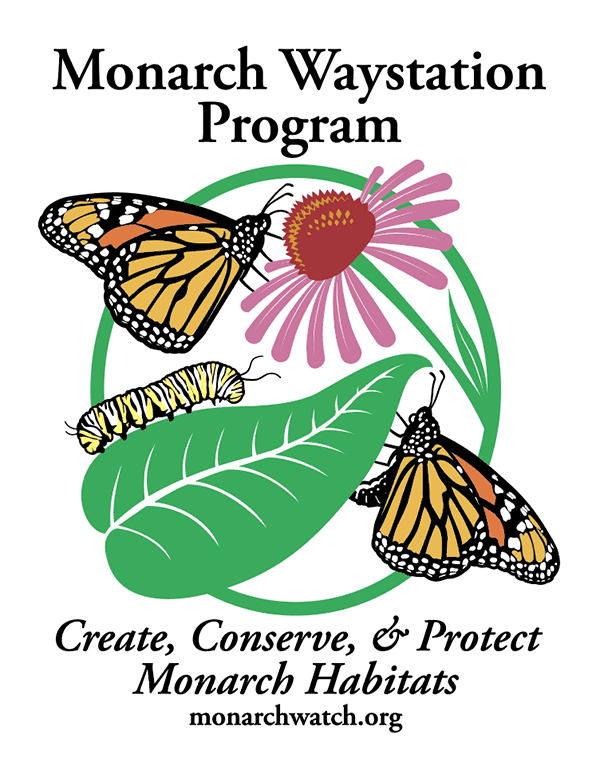A Monarch Butterfly Waystation is a designated area that provides essential resources for monarch butterflies during their migration and breeding cycles. Creating a Monarch Butterfly Waystation involves meeting certain requirements to ensure the availability of food, shelter, and breeding habitats for monarch butterflies.
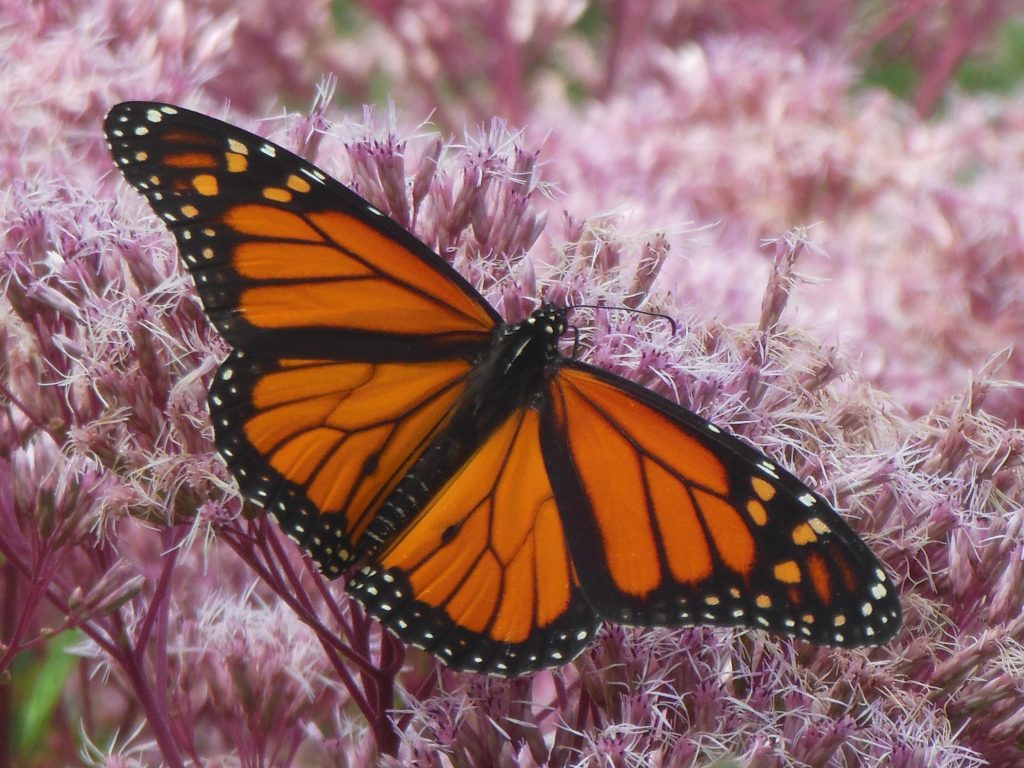
Here are the key elements typically needed for a Monarch Butterfly Waystation:
Native Milkweed Plants
Milkweed (Asclepias species) is the sole host plant for monarch butterfly larvae. Including various species of native milkweed in your waystation is crucial to provide food for caterpillars. Common milkweed (Asclepias syriaca), swamp milkweed (Asclepias incarnata), and butterfly milkweed (Asclepias tuberosa) are popular choices.
The milky latex of Milkweed plants is toxic, which is what helps protect the caterpillars from being eaten, so use caution, and wear gloves when handling Milkweed.
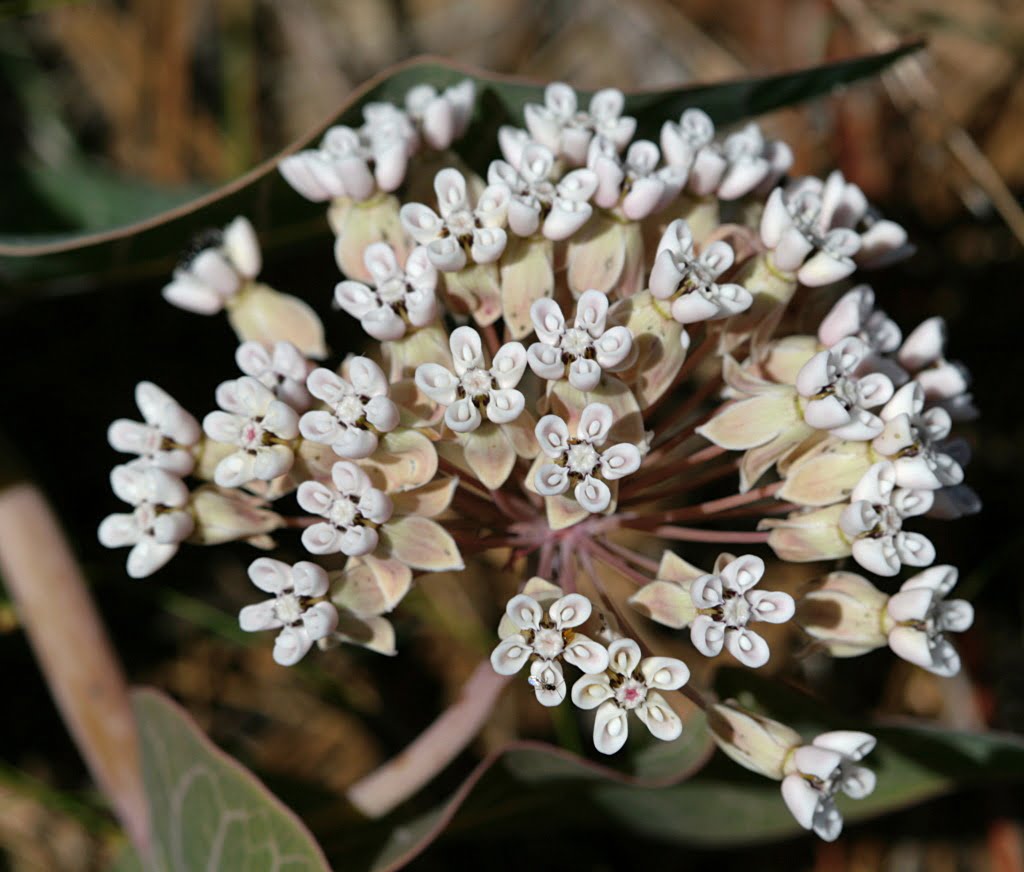
10 Sandhill Milkweed Seeds Ascslepias Humistrata Pinewood Milkweed Florida-Native
With Johnny Butterflyseed’s Sandhill Milkweed seeds, you’re not just planting flowers; you’re cultivating a living mosaic of nature’s marvels. 10+ Florida Native seeds.
Nectar Plants
Monarch butterflies need nectar-rich flowers as a food source for adult butterflies. Select a variety of flowering plants that bloom throughout the growing season, including species like coneflowers (Echinacea), black-eyed Susans (Rudbeckia), asters (Aster spp.), and native wildflowers.
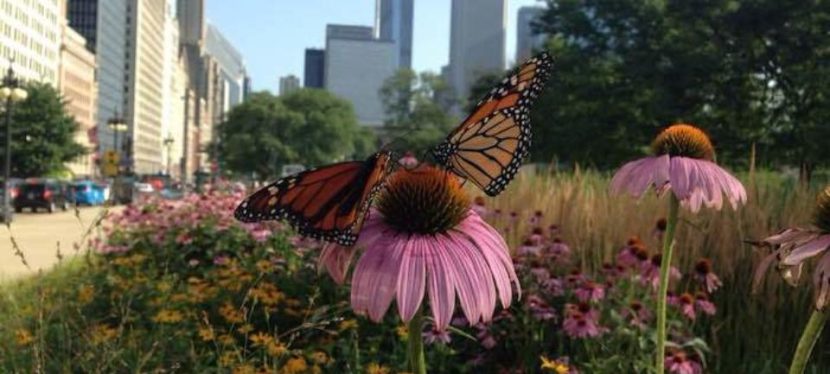
Sunlight and Shelter
Monarchs require sunny areas for basking and warming their wings. Provide open spaces with plenty of sunlight. Additionally, including trees, shrubs, or tall grasses can provide shelter from wind and extreme weather conditions.
Water Source
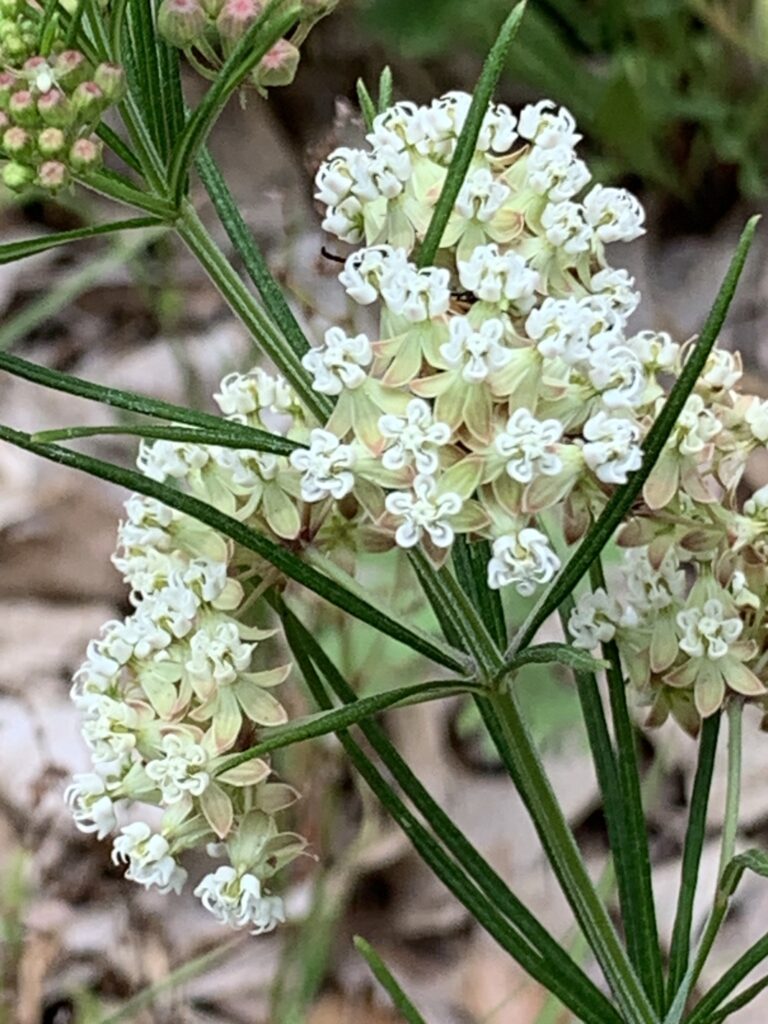
50 Whorled Milkweed Seeds (Asclepias Verticillata)
This plant is perfect for gardeners who are committed to creating a haven for Monarchs. Its late-season blooming period ensures that Monarchs have the resources they need as they prepare for migration. When you plant Whorled Milkweed, you’re not just adding beauty to your garden—you’re playing a vital role in the conservation of this iconic species. 25 Seeds. USDA Zones 3-10.
Access to water is essential for butterflies. A shallow dish or birdbath with wet sand or stones can serve as a water source. Ensure that the water is shallow to prevent accidental drowning.

Avoid Pesticides
Minimize or avoid the use of pesticides in and around the waystation. Pesticides can harm monarch butterflies and their caterpillars. Opt for organic and environmentally friendly pest control methods if necessary.
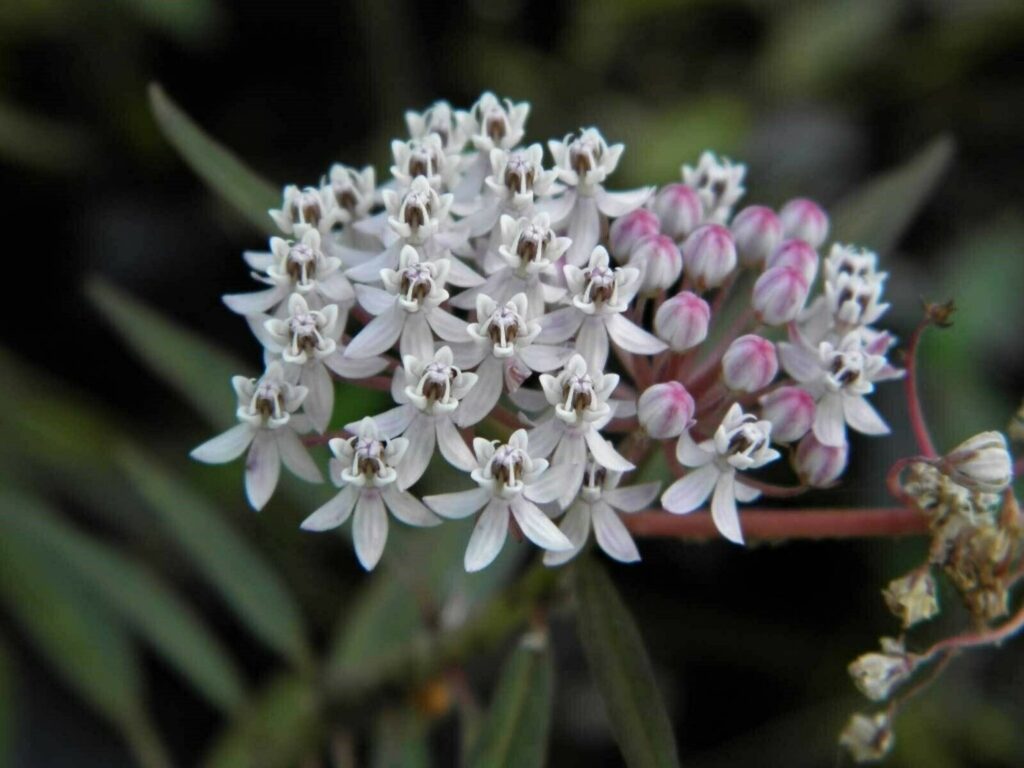
50 Aquatic Milkweed Seeds (Asclepias perennis) White Swamp Milkweed for U.S. Southeast and Midwest
Aquatic Milkweed (Asclepias perennis) is a native perennial that thrives in wet environments. With its beautiful white blossoms and attractive green foliage, it’s an eye-catching addition to any aquatic setting. 50+ seeds.
Education and Outreach
Consider including educational signage or materials about monarch butterflies and their life cycle to raise awareness and encourage conservation efforts. Engaging the community and promoting monarch conservation can have a broader impact.

The Adventures of Johnny Butterflyseed – Author Signed First Edition Children’s Book
Save the monarchs!
Johnny Butterflyseed and his fairy friend, Raven Silverwing, embark on a mission to save the rapidly disappearing butterflies. They enlist the help of Queen Venus Goldwing and her kingdom of monarchs to educate and inspire kids to become butterfly farmers. At first, Johnny faces his own internal struggle with self-doubt and fear in his ability to make a difference, but then soon develops a mindset that allows him to not only get started, but also make progress one day at a time. Through challenge after challenge, Johnny learns that he is not alone in his mission and that there are many people who want to help. Together, Johnny, Raven, and Queen Venus educate thousands of children on becoming butterfly farmers.
Long-Term Maintenance
A waystation requires ongoing care and maintenance. Regularly monitor and tend to the plants, provide supplemental water during dry periods, and remove any invasive species that may compete with or harm native plants.
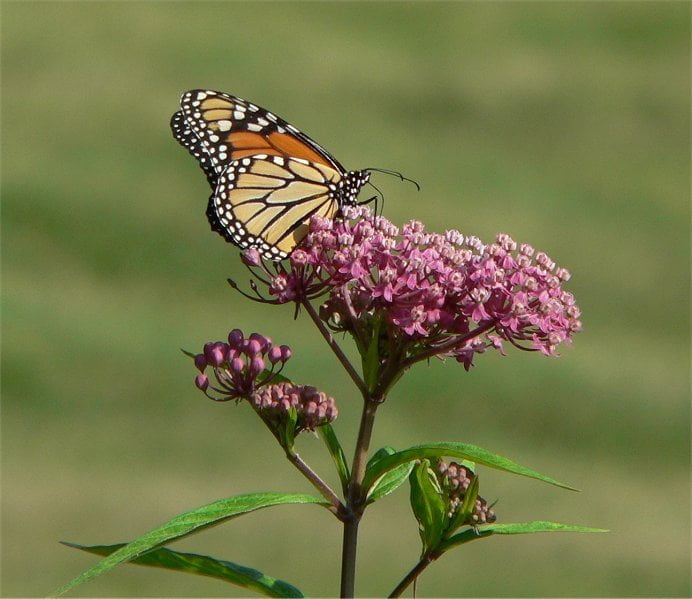
50 Swamp Milkweed Seeds (Asclepias incarnata) for North America
Create a sanctuary that celebrates. Bring the beauty of Swamp Milkweed to your garden with Johnny Butterflyseed’s Premium Swamp Milkweed Seeds.
By incorporating these elements, you can create a habitat that supports the monarch butterfly population throughout their lifecycle, from egg-laying to butterfly emergence. The Monarch Butterfly Waystation program, administered by Monarch Watch, provides specific guidelines and certification for creating these habitats, offering additional resources and support for interested individuals or organizations.
Together, we can watch the restoration of the Monarch Butterfly … one waystation at a time!
